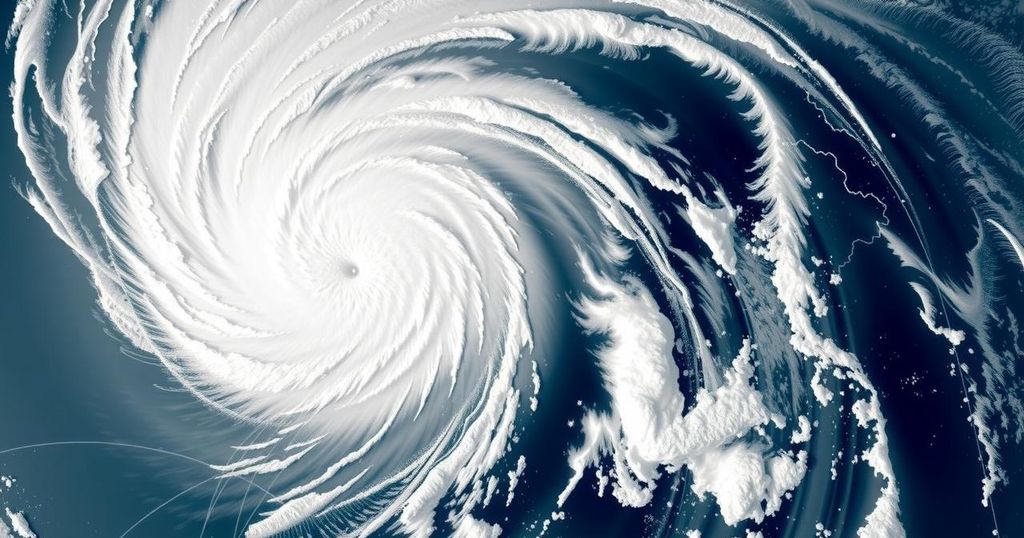Tropical Cyclone Chido: Emergency Update and Preparedness Actions in Southern Africa
Tropical Cyclone Chido is projected to impact approximately 2.7 million people across southern Africa, particularly affecting Madagascar, Mozambique, and Malawi. As the cyclone approaches, significant rainfall and winds are expected, prompting emergency responses, including community advisories and the repositioning of supplies. Countries in the affected region are on high alert as preparations are made for landfall, scheduled for December 15 in Mozambique.
As of December 13, 2024, Tropical Cyclone Chido has emerged as a pressing natural disaster, impacting nearly 2.7 million people across six nations in Southern Africa, including Madagascar, Mozambique, and Malawi. Chido initially strengthened to a Category 4 storm before weakening to Category 3 while traveling near Madagascar. As it approaches northern Mozambique, it is anticipated to make landfall as an intense cyclone, bringing hazardous winds and rainfall. Preparedness measures are actively being implemented, including community advisories, the repositioning of humanitarian supplies, and coordinated response plans across various nations.
Tropical Cyclone Chido developed on December 7-8 in the southeastern Indian Ocean and has been progressively affecting Southern Africa. The storm’s trajectory places it perilously close to multiple countries, with heavy rainfall and winds expected to devastate the area. As Chido approaches the coast, emergency response teams are mobilizing resources, disseminating warnings, and preparing for potential flooding and evacuations in vulnerable regions. Support from international organizations is being solicited to mitigate the cyclone’s impact.
In summary, Tropical Cyclone Chido poses a significant threat to millions in Southern Africa as it approaches Mozambique. Effective emergency preparedness is crucial to mitigate the impacts, with ongoing efforts including community outreach, supply repositioning, and the activation of disaster response teams. Continuous monitoring and support from humanitarian organizations will be necessary to address challenges as they arise during and after the cyclone’s landfall.
Original Source: reliefweb.int




Post Comment